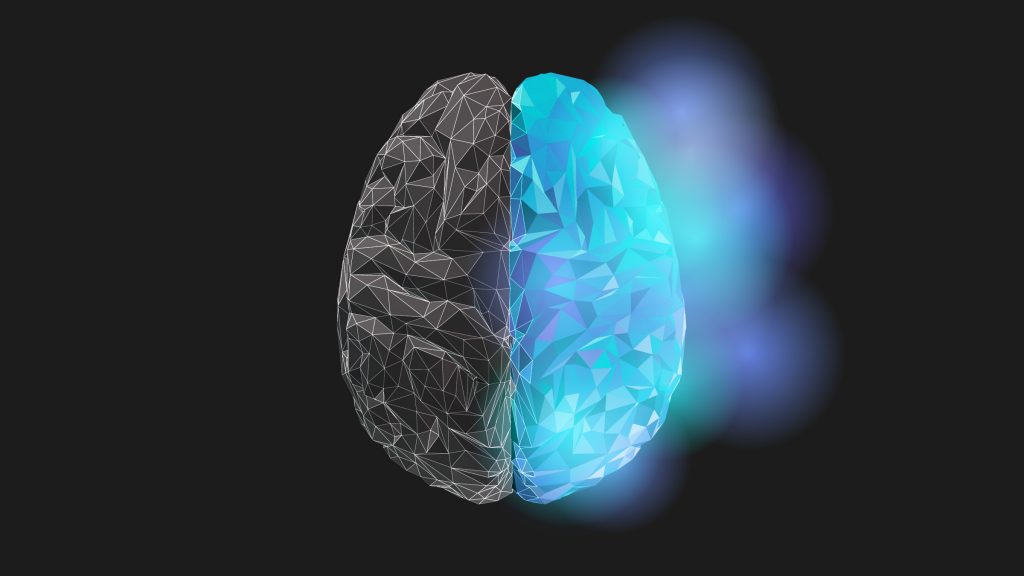
By Felipe Almedia, Sr. UX Researcher
Haptics is traditionally used to describe tactile feedback (i.e., sensations originated solely in the skin) that are provided by consumer devices and electronics to mimic the sense of touch. The word haptics in itself is derived from the Greek word ‘ἁπτικός (haptikos)’, meaning “Pertaining to the sense of touch.”
However, if we look at it further, we will realize that the sense of touch is not only limited to tactile sensations and, therefore, nor should it be haptics (see Parisi, 2013 for a discussion about the term “haptic”). Truth is, the definition of haptics is much more complex and thoughtful. We need to give it its credence. To start, haptics is both an art and a science.
Yes, both. Haptics is a multidisciplinary field with a scientific layer based on a structured knowledge of biological receptors, a vast number of testing methods and perceptual studies, and a set of well-investigated parameters in both hardware and software domain for signal processing and programming. Haptics also has an artistic layer that uses scientific knowledge, directly or indirectly, to enable the creative expression of information and the induction of feelings through skeuomorphic or abstract somesthetic (i.e., tactile, thermal, pressure, and pain) sensations. Somesthetic defined as “relating to, or concerned with bodily sensations.
The field’s richness sparks the curiosity of engineers, psychologists, neuroscientists, biologists, designers, and artists in university labs, the private sector, galleries, and museums. But while there is an increasing effort to share knowledge and compare results, there is still little integration between the disciplines. And now, more than ever, it is time to move towards an integrative view of haptics.
A clear example of the need for integration in haptics can be found in the number of nuanced definitions of the term. Here are some examples:
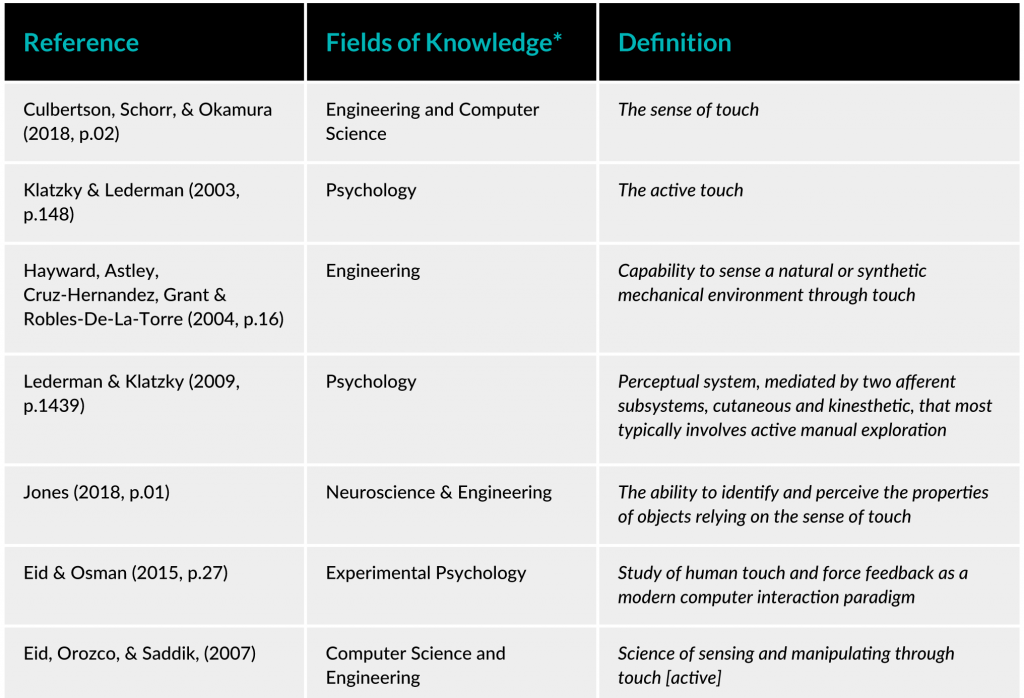
* Various researchers in the field of haptics have multiple backgrounds and/or work in departments that are the same as their original academic formation. This aspect in itself displays the richness within the field of haptic.
Such a multidisciplinary perspective of haptics can lead to a long debate, especially in academia, about which differing view is the correct one. This debate is relevant because its definition influences its perception, and how we perceive haptics is important for industry, art, and science. Let’s attempt to further explore this topic by discussing some characteristics of haptics.
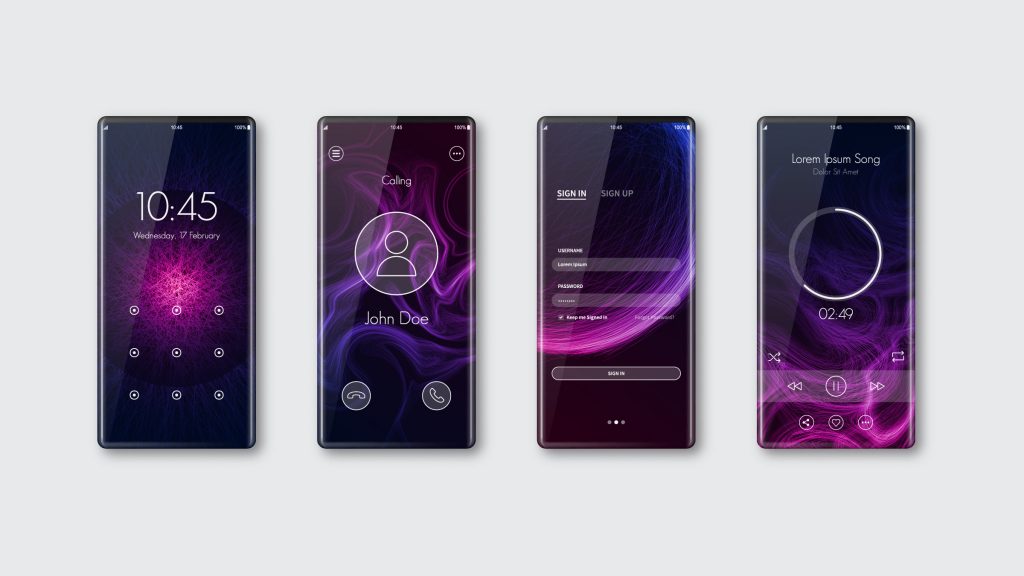
Haptics are not only skeuomorphic touch sensations
In both popular media and industry, a common view of haptics is that it is focused on the accurate recreation of sensations perceived when interacting with “real-world” objects (i.e., skeuomorphic haptics) such as buttons, levers, knobs, and even textures. But this is a limited view of haptics. The interaction between cognition and emotion through touch sensations enables haptic researchers and designers to also induce a vast array of emotional experiences by simulating not only external events (e.g., the recoil of different guns in a video game) but also internal states (e.g., feeling the fatigue of the avatar in a sports game). See this PlayStation blog post for some amazing new experience with the DualSense haptics technology.
Haptics, therefore, can not only provide objective information (e.g., inform when a button is activated or deactivated), but it also has the potential to express and, therefore, invoke emotions. This idea is more specifically related to the emerging field of Affective Haptics (Eid & Osman, 2015, p.26-27):
“Affective haptics involves the acquisition of human emotions through the human touch sensory system, the processing of emotion-related haptic data to detect affect, and the display of emotional reactions via haptic interfaces. Emotions may be solely communicated through the sense of touch or coordinated/integrated with other sensory displays (such as audition or vision) in a multimedia system.”
But the simulation of the physical world and the induction of feelings are not all that haptics can provide. Through haptic technologies, researchers, artists, and designers can also explore sensations that are not commonly experienced in our daily lives. A good example is sensorial augmentations and substitutions. By using abstract bodily sensations, haptics can induce new learnings to create new forms of communication (e.g., haptic emojis in apps or silent tactile language for the military and team sports), partially or fully recover sensorial perception (e.g., using devices with spatial haptics to guide visually impaired people) or even augment human sensorial perception (e.g., allowing people to feel frequencies beyond our perceptual threshold). Chris Ulrich, Immersion’s CTO, talks about the wide range of haptic experiences in a previous article and provides examples of new haptic technologies that can expand the public’s perception beyond even the PS5 controller. According to Chris, there is much more that can be felt and experienced:
“The current state of haptics suffers from a lack of imagination on how to use your sense of touch.”
Haptics are not isolated to a specific context
Context is very important in haptic perception, something already explored in psychophysics studies. The relevance of context in haptics relates to the idea that tactile behaviors (e.g., hug, squeeze, shaking, etc.) do not have universal interpretations. The same behavior can communicate different types of interpretations that can even be of varying valence polarities (e.g., sadness and love) (Hertenstein, Holmes, McCullough, Keltner, 2009).
Hertenstein and colleagues showed that affect discrimination via touch is influenced not only by the type of tactile behavior but also by its interaction with the duration and intensity of the stimulus. Thus, communication or expression via touch seems to be closely related to the context in which the touch is induced and sensed, as well as to expectations (predictions) about the interaction using past experiences (Figure 1).
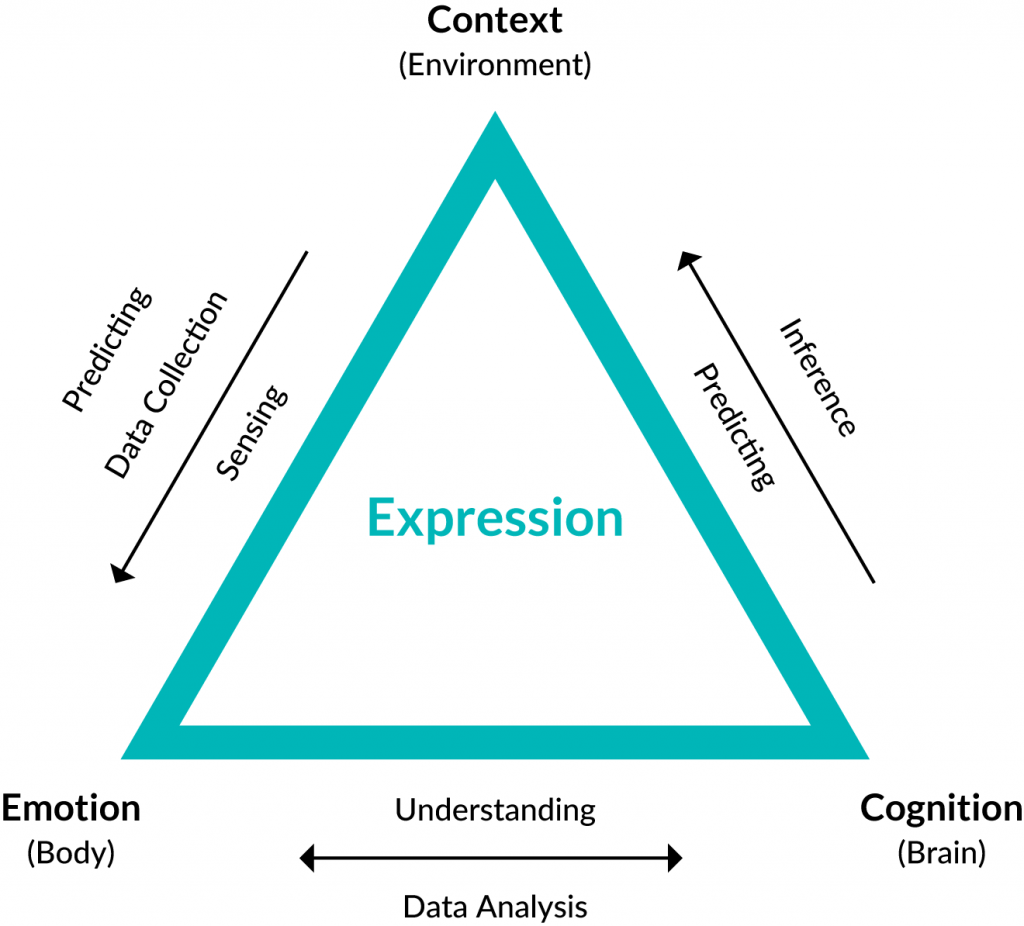
Figure 1. Tactile behavior (expression) is modulated by the relationship between emotional feelings (body), cognition (brain), and context (environment). More specifically, the sensing of a certain tactile behavior (e.g., stroke) is influenced by the multi-sensorial and affective context of the touch (external and internal to one’s body) as well as by the duration, intensity, warmth, characteristics of the surface, and wherein the body the touch is induced. Cognition is responsible for creating behavioral control and prediction to infer the type of tactile behavior best suitable for the moment. It does so by using previous bodily experiences and social cues (contextual information). In human-machine interaction, it is possible that this framework can be applied with the aid of A.I. systems to induce more accurate haptic feedback (i.e., feedback better adaptable to the context).
So, what are haptics?
Considering emotions and affect as crucial components of haptics adds to the complexity of defining haptics within a specific scope. Thus, broad definitions of haptics, such as “the sense of touch” (Culbertson, Schorr, & Okamura, 2018, p.02), seem to be a safer call. Of course, taking this route means also accepting that different fields might completely disagree. I have been in quite a few discussions in which a researcher with a more specific definition in mind asks, “if haptics is the sense of touch, then why call it haptics? Why not just call it touch?”
There are arguments to validate and invalidate such a question. However, a valid argument is that there is a difference between biological tactile interactions and technologically mediated tactile interactions. Biological tactile interactions not only follow natural structures, but they have also evolved to enable optimal interaction within the physical environment of a certain species. Technologically mediated tactile interactions may be limited by the laws of physics, but they are not fully constrained by our biology or the physical world. We can create ways to substitute or augment our senses and feel digital interactions.
Thus, if one considers haptics through its experiential capabilities, then it is easier to look at it as comprising the following three aspects: the ability to actively explore the environment to learn about the physical world; to make sense of abstract bodily sensations to spur new learnings; and to induce and perceive emotions via touch sensations.
Thus, we should define haptics as the science of mediated touch, meaning the study of somesthetic sensations that are necessarily mediated by a computer and perceived by machines and/or humans, between or within these groups. Therefore, tactile interactions between a human and a machine are here considered haptics as well as tactile interactions between two robots. Moreover, haptics comprises tactile interactions between two humans through any machine interface (e.g., a smartwatch, vest, controller, and even implants). However, a direct touch interaction between two humans or biological organisms is not haptics; it is touch.
The integrative view of haptics is part of our goal at Immersion. We have been working with other industry players and haptics researchers to reach this goal. You can read more about this effort in our previous articles about the standardization of haptics and standardized haptic-enabled media files (and also Lofelt’s article about haptic standards).
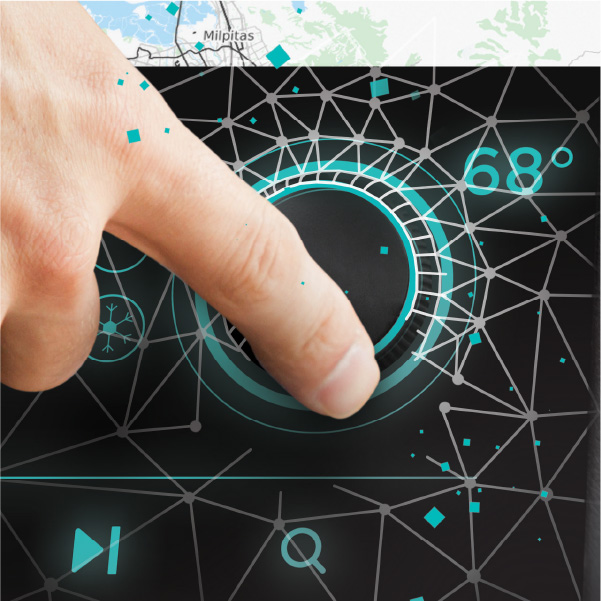
Automotive Haptic Trends 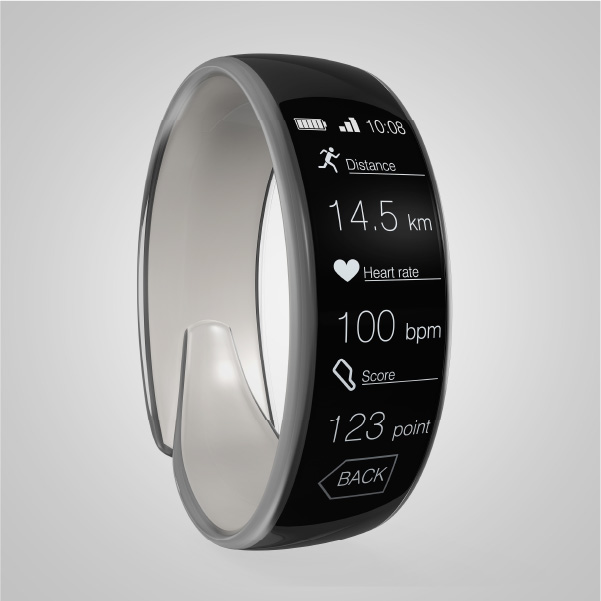
Wellness in the Age of Haptics 
Robotics and Haptics 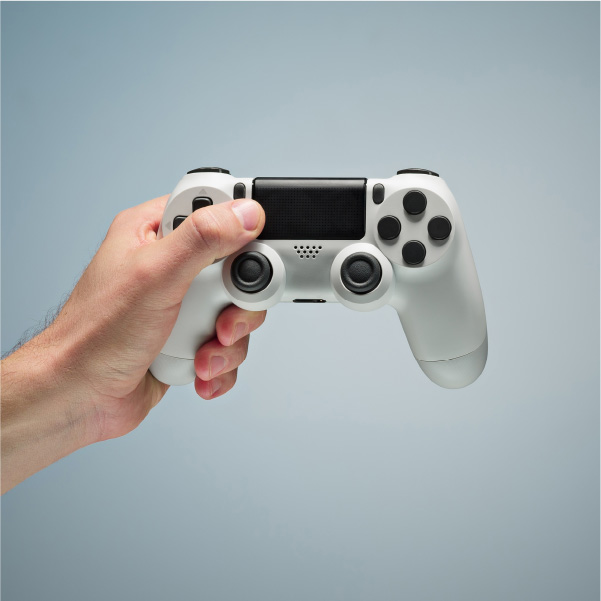
Beyond the PlayStation 5 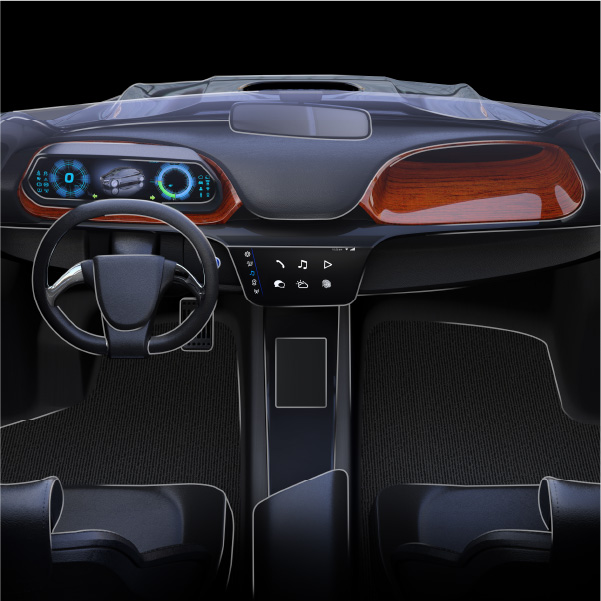
Haptics in Automotive 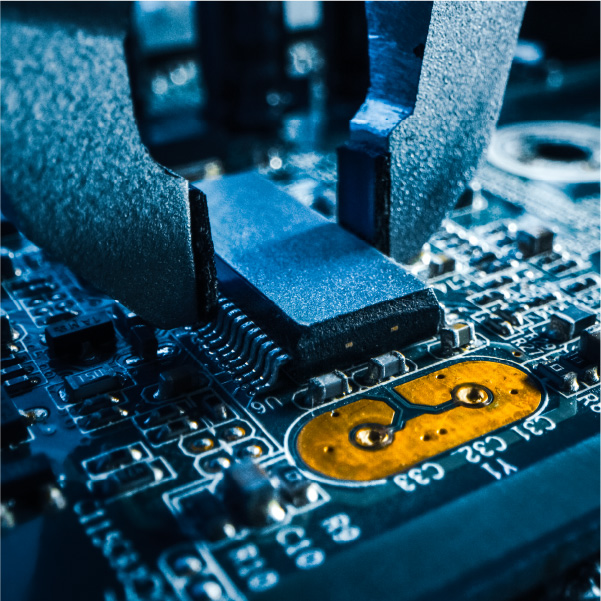
The Haptic Stack
In summary, our definition of haptics as the science of mediated touch is an attempt to integrate the various fields of haptics and enable the public to have a more holistic understanding of it by:
a) Seeing haptics as a field of knowledge with both scientific (structured knowledge) and artistic (subjective and creative expression) layers to be explored;
b) Differentiating haptics from (the sense of) touch by seeing haptics as related to mediated somesthetic sensations only;
c) Taking into consideration the whole haptic stack to depict the interaction between the tactile perception (human factors), user experience (design factors), processing/modeling (software), and actuation/sensing (hardware).
This is a special moment for those working in haptics, given the unique collaboration between industry players and industry and academia. We believe that these partnerships will take the whole field to a new and improved level. Stay tuned for more to come.
Parisi, D. (2018). Archaeologies of touch: Interfacing with haptics from electricity to computing. U of Minnesota Press.
Culbertson, H., Schorr, S. B., & Okamura, A. M. (2018). Haptics: The present and future of artificial touch sensation. Annual Review of Control, Robotics, and Autonomous Systems, 1, 385-409.
Eid, M. A., & Al Osman, H. (2015). Affective haptics: Current research and future directions. IEEE Access, 4, 26-40.
Eid, M., Orozco, M., & Saddik, A. E. (2007). A guided tour in haptic audio-visual environments and applications. International Journal of Advanced Media and Communication, 1(3), 265-297.
Hayward, V., Astley, O. R., Cruz‐Hernandez, M., Grant, D., & Robles‐De‐La‐Torre, G. (2004). Haptic interfaces and devices. Sensor Review.
Hertenstein, M. J., Holmes, R., McCullough, M., & Keltner, D. (2009). The communication of emotion via touch. Emotion, 9(4), 566.
Jones, L. (2018). Haptics. MIT Press. ISBN: 9780262535809
Klatzky, R.L. & Lederman, S.J. (2003). Touch. In A.F. Healey & R.W. Proctor (Eds.), Experimental Psychology (pp. 147-176). Volume 4 in I.B. Weiner (Editor-in-Chief). Handbook of Psychology. New York: John Wiley & Sons.

